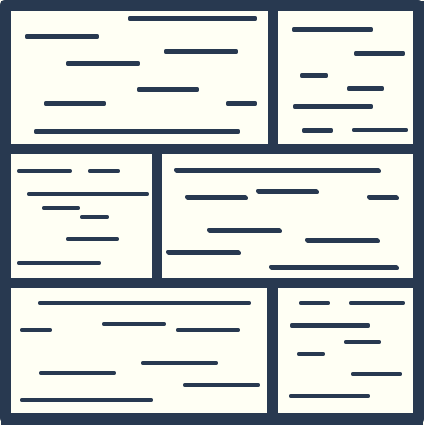I’m currently working through the online coursework for my private pilot’s license and as I was going through a lesson the other day, I encountered a graphic that I just couldn’t wrap my head around for some reason.

To make a long story short, when you’re taxing your airplane on the ground and there’s wind, you need to set the controls of the airplane differently depending on where the wind is coming from to avoid the wind picking the airplane up off the ground.
After going through the lesson and the flash cards, I took the end of chapter quiz and realized that I still didn’t have a good understanding of how I should be adjusting things based on wind. I decided that I would come back to this particular problem with fresh eyes and try to go through it a second time in hopes of picking it up better now that I had seen it once before.
But today, when I was out on a walk, I wondered if I could have ChatGPT talk me through what I didn’t understand and give me some practice problems.
ChatGPT with voice mode
Using the ChatGPT app is one of my favorite ways to interact with ChatGPT because it allows me to talk to it using the built-in voice mode. I’ve previously used this voice mode to create an Air Traffic Control simulator that felt very realistic and thought that it could come in handy again here.
I originally gave it a pretty vague prompt.
I'd like to practice tailwind and headwind taxing procedures for my FAA-written private pilot's exam. Can you help design a few questions that I can answer to understand this more clearly?Understandably, this prompted it to respond with a set of three practice questions, which was largely unhelpful when in voice mode, since I didn’t want to answer 3 questions at a time. By making the prompt more specific, I could get the questions one at a time and let ChatGPT know that I wanted to be able to discuss why my answer was right or wrong.
Can you please prompt one question at a time and wait for my response? After I give my response, can you please give feedback on that answer until I indicate that I'm ready to receive the next question?By adding this to the prompt, I was able to get one question at a time, asked verbally by ChatGPT and provide an answer. After a bit of thinking ChatGPT provided me feedback on my answer and asked whether I wanted to discuss that feedback more.
This allowed me to ask specific questions to deepen my understanding in a way that a simple right/wrong answer on the back of a flash card doesn’t quite accomplish, which is why I think this method of learning is super powerful for a concept you’ve already been exposed to, but want to go a bit deeper on.

Use custom GPTs for even more specific information
In November of 2023, OpenAI debuted the ability for users to build their own GPTs, which were heralded as “a new way for anyone to create a tailored version of ChatGPT to be more helpful in their daily life, at specific tasks, at work, or at home—and then share that creation with others”.
One of the best features of building your own GPT is the ability to upload documents for your GPT to reference. In our example here, a transcript of specific lessons (or the entire course) would give a custom GPT a ton more context on the material we were trying to learn and would make it much more helpful. Although OpenAI has not released much information around the maximum amount of documents or maximum size that you can upload to your custom GPT, with users getting mixed messages about a limit somewhere between 10 and 20 files.
An added benefit of creating a custom GPT is the ability to publish it through the GPT Store so that others can use and benefit from it as well. In this particular case, it looks like there are already a few custom GPTs to help with ground school training.

If you want to create a custom GPT of your own, you can head over to https://chat.openai.com/gpts/editor and get started by answering a few simple questions and uploading any supporting documentation you want your GPT to be able to reference. It’s a surprisingly straightforward process and in just a few minutes, you’ll have a tool that you’re actually able to interact with and learn from.
The future of online learning?
I don’t think LLMs are going to replace all online courses or completely replace school all together. However, I do hope that more schools, online courses and textbooks offer LLM-capable versions of their content so students can go deeper on the pieces of the content they don’t understand or want to explore further.
When combining a base LLM with a specific course curriculum or lecture transcripts, you essentially get a private tutor who not only knows everything you’re trying to learn, but has the ability to tie that to additional outside knowledge as well.
That has the power to get a lot more people more excited about learning. And that’s a future I’m very much looking forward to seeing.

